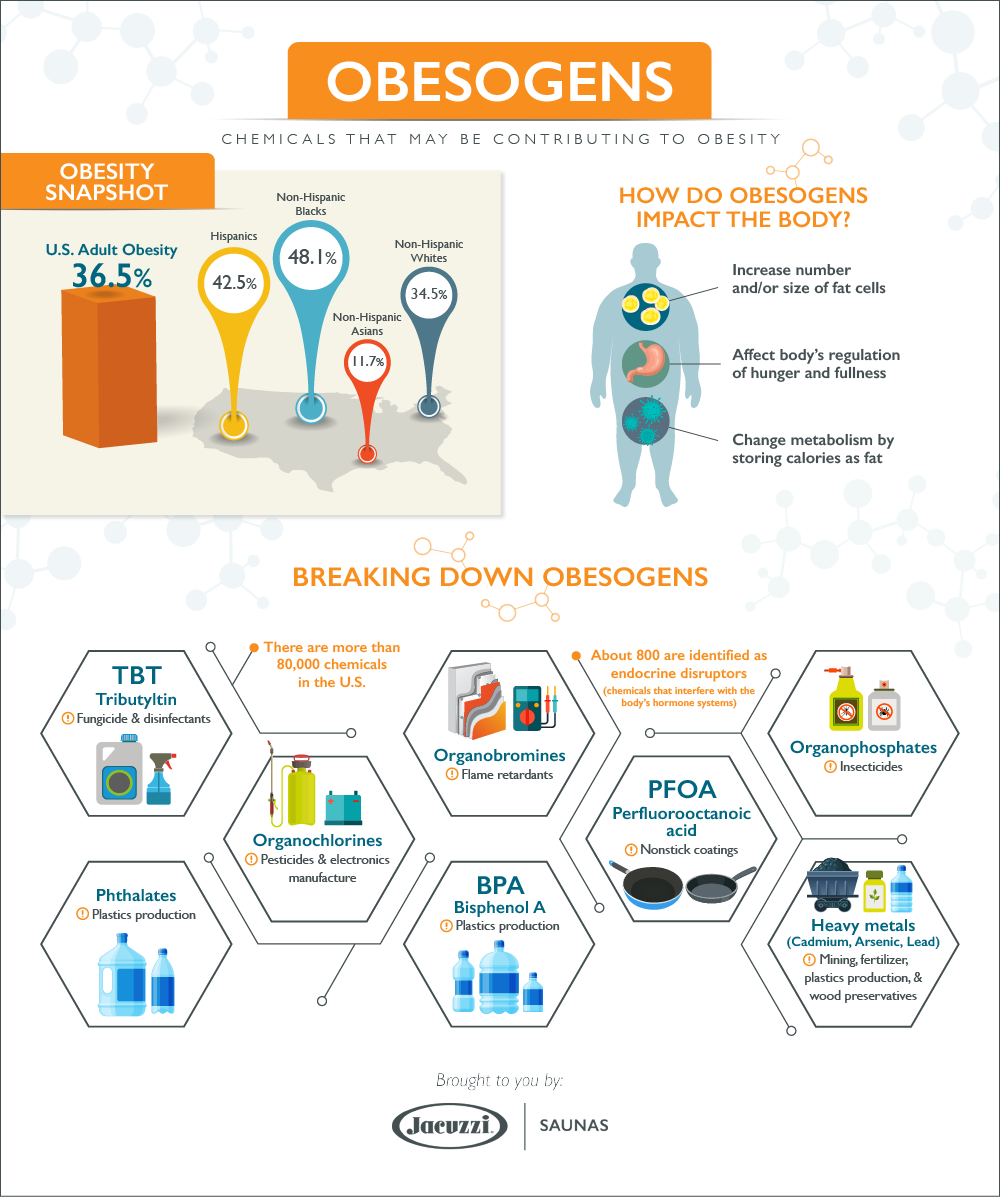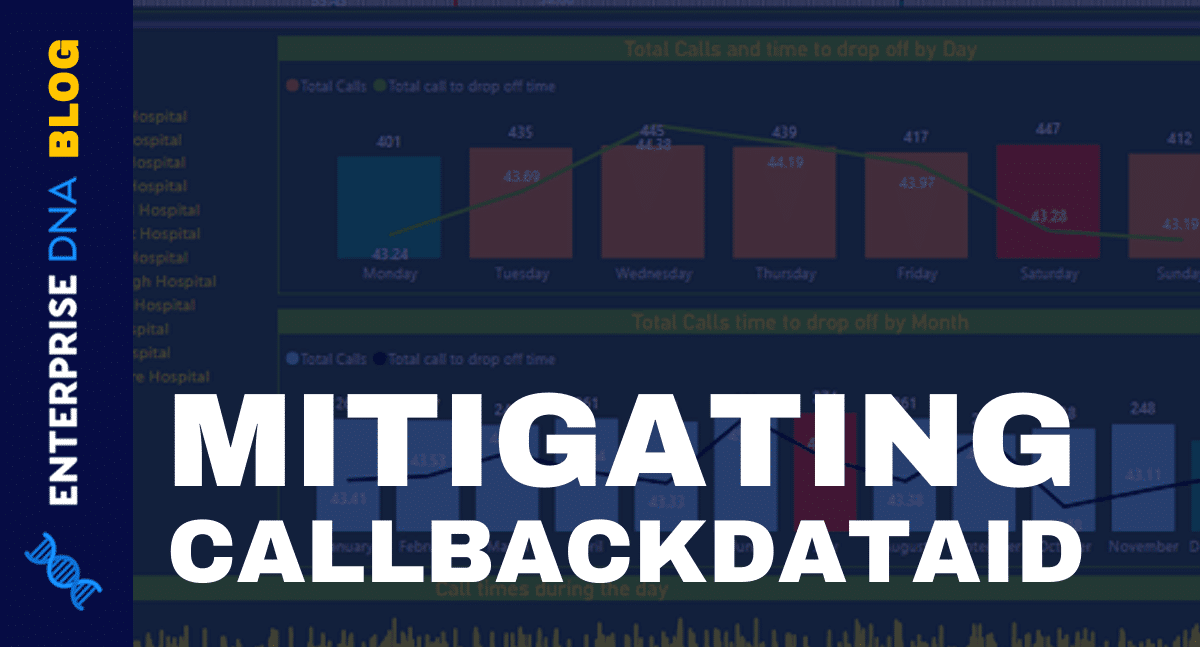Ohio Train Derailment: The Prolonged Presence Of Toxic Chemicals In Nearby Structures

Table of Contents
Types of Toxic Chemicals Released and Their Persistence
The Ohio train derailment involved the release of several hazardous chemicals, each posing unique and long-lasting environmental and health risks. Vinyl chloride, a known carcinogen, is particularly concerning due to its volatility and tendency to form toxic byproducts. Butyl acrylate, another released chemical, is also harmful, causing respiratory irritation and potential long-term health issues. These chemicals, and others released in the derailment, exhibit properties that contribute to their persistence in the environment.
- Volatility: Some chemicals readily evaporate, potentially contaminating the air within and around structures for extended periods. This is especially true for vinyl chloride, which can remain airborne and infiltrate buildings through cracks and ventilation systems.
- Solubility: The solubility of the chemicals in water determines their potential for groundwater and surface water contamination, impacting drinking water sources and potentially leaching into the soil surrounding buildings.
- Persistence in soil/water: Certain chemicals break down slowly in soil and water, leading to long-term contamination. This persistence necessitates extensive remediation efforts and ongoing monitoring.
Long-term health effects associated with these chemicals include:
- Vinyl chloride: Increased risk of liver cancer, brain tumors, and other cancers.
- Butyl acrylate: Respiratory problems, skin irritation, eye irritation, and potential reproductive toxicity.
The potential for bioaccumulation (the accumulation of substances in an organism) and biomagnification (the increase in concentration of substances as they move up the food chain) adds another layer of complexity. Studies on the persistence of these chemicals in similar incidents highlight the need for comprehensive and long-term monitoring.
Pathways of Chemical Contamination in Nearby Structures
The released Ohio Train Derailment toxic chemicals entered nearby structures through various pathways:
- Air Infiltration: Volatile chemicals like vinyl chloride easily infiltrated buildings through cracks, windows, and ventilation systems, contaminating the indoor air.
- Water Contamination: If the chemicals leached into the groundwater, they could contaminate drinking water supplies and seep into basements or crawl spaces.
- Soil Contamination: Chemicals deposited in the soil surrounding structures can be absorbed into building materials, especially porous materials like wood and concrete.
Mechanisms of contamination include:
- Absorption: Chemicals can be absorbed directly into porous building materials.
- Adsorption: Chemicals can adhere to the surfaces of building materials.
- Leaching: Chemicals can dissolve in water and migrate through the soil and into building foundations.
Factors influencing contamination:
- Porous building materials: Materials like wood and older concrete are more susceptible to chemical absorption.
- Weather conditions: Wind, rain, and temperature fluctuations influence the dispersion and infiltration of chemicals.
- Building type: Older homes, businesses with less-sealed foundations, and structures with damaged roofing are more vulnerable.
Challenges in Remediation and Long-Term Health Effects
Cleaning up the contamination from the Ohio train derailment presents significant challenges:
- Cost: The remediation process is expensive, requiring advanced technologies and extensive labor.
- Technology: Removing deeply embedded chemicals from soil and building materials is technically demanding.
- Accessibility: Reaching and treating all affected areas, especially those under private property, may be difficult.
Long-term health risks to residents include:
- Respiratory problems: Exposure to airborne chemicals can cause chronic respiratory illnesses.
- Cancer: Many of the released chemicals are known carcinogens.
- Reproductive issues: Some chemicals can negatively impact reproductive health.
Ongoing challenges:
- Monitoring efforts: Long-term monitoring of air, water, and soil quality is critical but resource-intensive.
- Legal challenges: Lawsuits against the railroad and other responsible parties are likely to be complex and protracted.
- Psychological impact: The stress and anxiety experienced by affected communities should not be underestimated.
The Role of Government Agencies and Accountability
Government agencies, including the EPA and FEMA, play a crucial role in the investigation, cleanup, and mitigation of the Ohio train derailment. Their responsibilities include:
- Environmental monitoring: Assessing the extent of contamination and ensuring the safety of the affected community.
- Remediation oversight: Supervising cleanup efforts and ensuring their effectiveness.
- Public health surveillance: Monitoring the health of residents for adverse health outcomes.
Potential regulatory failures and needed improvements:
- Criticisms of the response: The initial response to the derailment faced criticism for its speed and transparency.
- Adequacy of safety regulations: The incident has raised questions about the adequacy of existing safety regulations for transporting hazardous materials.
- Transparency of information: Clear and consistent communication with the public is essential for building trust and ensuring informed decision-making.
Conclusion
The Ohio train derailment and the persistent presence of Ohio Train Derailment toxic chemicals in nearby structures constitute a significant public health and environmental crisis. The long-term consequences for residents remain uncertain, emphasizing the urgent need for comprehensive and transparent remediation efforts, improved safety regulations, increased accountability, and enhanced public communication. Understanding the complexities of the contamination and the potential health risks associated with these chemicals is crucial. We must demand stronger environmental protections, advocate for thorough investigations, and support affected communities in their recovery. Continued monitoring and research are vital to mitigating the long-term impacts of the Ohio Train Derailment toxic chemicals.

Featured Posts
-
 Hhs Appoints Anti Vaccine Activist To Review Autism Vaccine Link Nbc 10 Philadelphia Sources
Apr 27, 2025
Hhs Appoints Anti Vaccine Activist To Review Autism Vaccine Link Nbc 10 Philadelphia Sources
Apr 27, 2025 -
 Ohio Train Derailment The Prolonged Presence Of Toxic Chemicals In Nearby Structures
Apr 27, 2025
Ohio Train Derailment The Prolonged Presence Of Toxic Chemicals In Nearby Structures
Apr 27, 2025 -
 Section 230 And Banned Chemicals The Impact On E Bay Listings
Apr 27, 2025
Section 230 And Banned Chemicals The Impact On E Bay Listings
Apr 27, 2025 -
 Tabilo Upsets Djokovic In Straight Sets At Monte Carlo
Apr 27, 2025
Tabilo Upsets Djokovic In Straight Sets At Monte Carlo
Apr 27, 2025 -
 Canadas Divided Response To Trump Albertas Oil Industry And The National Mood
Apr 27, 2025
Canadas Divided Response To Trump Albertas Oil Industry And The National Mood
Apr 27, 2025
Latest Posts
-
 Analyzing The Dax The Role Of Politics And Business In Market Fluctuations
Apr 27, 2025
Analyzing The Dax The Role Of Politics And Business In Market Fluctuations
Apr 27, 2025 -
 Bundestag Elections And Their Effect On The Dax Index
Apr 27, 2025
Bundestag Elections And Their Effect On The Dax Index
Apr 27, 2025 -
 German Stock Market Dax Election And Economic Influences
Apr 27, 2025
German Stock Market Dax Election And Economic Influences
Apr 27, 2025 -
 Dax Performance Impact Of German Elections And Business Data
Apr 27, 2025
Dax Performance Impact Of German Elections And Business Data
Apr 27, 2025 -
 Dax Bundestag Elections And Economic Indicators
Apr 27, 2025
Dax Bundestag Elections And Economic Indicators
Apr 27, 2025
